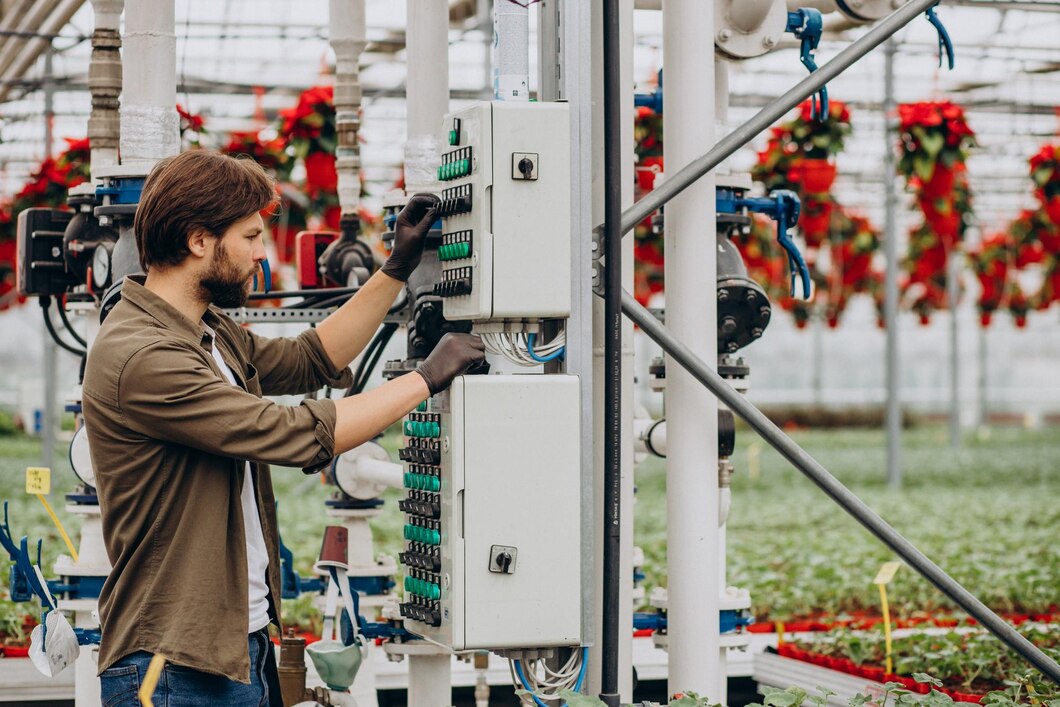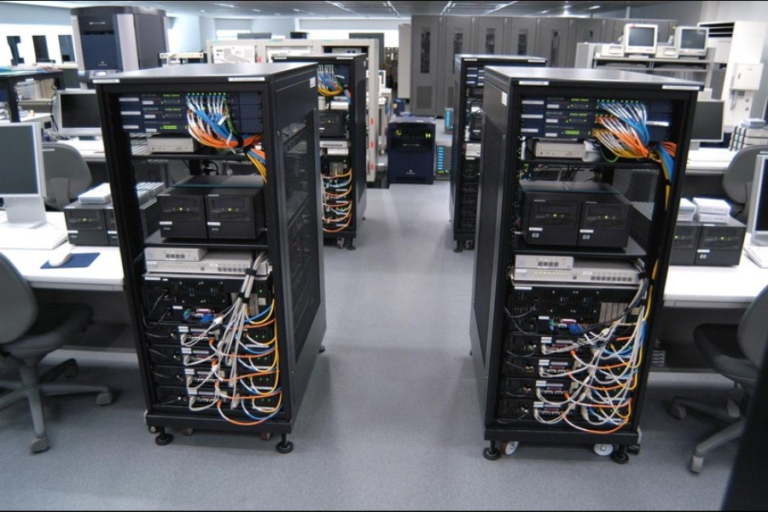From Pipes to Power Lines: Best Practices for Public Utility Maintenance
Public utility infrastructure plays a vital role in our daily lives, providing essential services like water, electricity, gas, and telecommunications. Effective maintenance of this infrastructure is crucial for ensuring reliability, safety, and efficiency. In this blog post, we will explore best practices for maintaining various public utility systems, from pipes to power lines, highlighting strategies that can help prevent disruptions and enhance service delivery.
Understanding the Importance of Maintenance
The maintenance of public utility infrastructure involves systematic and proactive measures to preserve and extend the lifespan of assets. Neglecting maintenance can lead to service interruptions, increased operational costs, and potential safety hazards. For instance, a broken water main can disrupt service to thousands of customers, while faulty power lines can pose fire risks. Thus, regular maintenance is not just a matter of routine; it is essential for public health and safety.
Best Practices for Water Utility Maintenance
Regular Inspections:
Routine inspections of pipes, treatment facilities, and storage tanks are fundamental to identifying potential issues before they escalate. Utilizing advanced technologies like drones and remote sensing can improve inspection accuracy and reduce costs.
Leak Detection Systems:
Implementing state-of-the-art leak detection systems can significantly minimize water loss. Acoustic sensors and smart meters can quickly identify leaks in the distribution network, allowing for timely repairs.
Corrosion Control:
Corrosion can weaken pipes over time, leading to leaks and breaks. Applying protective coatings and cathodic protection systems can help mitigate corrosion and extend the life of metal pipes.
Asset Management Software:
Utilizing asset management software enables water utilities to track maintenance activities, manage inventory, and analyze data for better decision-making. This software can also assist in prioritizing repairs based on the criticality of assets.
Best Practices for Electricity Utility Maintenance
Vegetation Management:
Regular trimming and maintenance of trees near power lines are essential for preventing outages caused by fallen branches. Utility companies should develop comprehensive vegetation management plans to minimize risks during storms.
Thermal Imaging Inspections:
Using thermal imaging technology allows utility providers to identify hot spots in electrical equipment, which can indicate impending failures. Conducting regular thermal inspections can help prevent outages and improve system reliability.
Preventive Maintenance Schedules:
Establishing preventive maintenance schedules for transformers, substations, and power lines is critical. Routine checks can identify wear and tear, ensuring that equipment is operating efficiently and safely.
Training and Certification:
Ongoing training for maintenance personnel is vital to keeping them updated on the latest technologies and safety practices. Certification programs can help ensure that staff are qualified to handle specific maintenance tasks.
Best Practices for Gas Utility Maintenance
Pipeline Monitoring:
Gas utilities should invest in pipeline monitoring technologies such as fiber optic sensors to detect leaks or pressure changes in real time. This proactive approach allows for immediate response and repairs.
Regular Pressure Testing:
Conducting regular pressure tests on gas pipelines can help identify weaknesses in the system. This practice ensures the integrity of pipelines and compliance with safety regulations.
Public Awareness Campaigns:
Educating the public about gas safety and how to identify gas leaks is essential. Utilities should implement awareness campaigns that inform residents about the signs of leaks and the importance of reporting them.
Emergency Response Plans:
Creating and consistently revising emergency response plans is essential for gas utilities. These plans must outline procedures for leak detection, evacuation, and coordination with emergency services. Additionally, incorporating the expertise of hydrovac companies in Wyoming can enhance these plans by providing efficient excavation services for leak repairs and ensuring safety during emergencies.
Best Practices for Telecommunications Utility Maintenance
Network Monitoring Systems:
Implementing advanced network monitoring systems can help telecommunications providers identify and address issues before they impact service. These systems can detect network anomalies and outages in real-time.
Routine Infrastructure Inspections:
Regular inspections of telecommunications infrastructure, including towers and underground cables, can prevent service interruptions. Drones can be particularly useful for inspecting hard-to-reach areas.
Upgrading Equipment:
As technology advances, so should the equipment used in telecommunications. Upgrading aging infrastructure ensures that service providers can meet increasing demand and maintain high-quality service.
Customer Feedback Loops:
Establishing feedback channels for customers can provide valuable insights into service issues. By actively listening to customers, utility companies can address concerns and improve service reliability.
In Conclusion
Maintaining public utility infrastructure is a complex but necessary task that requires dedication, innovation, and collaboration. By implementing these best practices—from regular inspections and proactive monitoring to training and public awareness—utility providers can ensure the reliability and safety of the essential services they deliver.
As we move towards a more interconnected and technology-driven future, investing in maintenance will be key to sustaining the critical infrastructure that supports our communities. By prioritizing maintenance, we can help safeguard public health, enhance service reliability, and build a more resilient future.
Discover the latest news and updates on Ny Heading!






